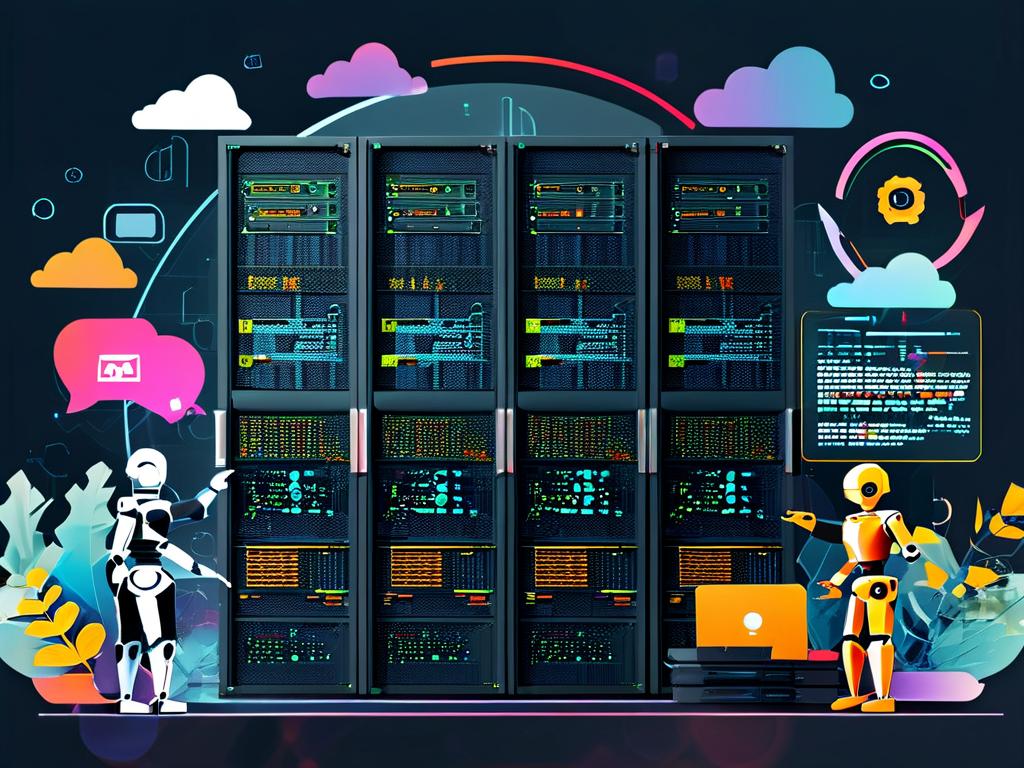In today's fast-paced digital landscape, businesses increasingly rely on automated deployment to streamline operations and maintain competitive advantage. This article explores practical applications of automation in enterprise scenarios while addressing implementation challenges and best practices.

The Rise of Automated Workflows
Modern organizations face mounting pressure to accelerate software delivery cycles. A telecommunications company recently reduced deployment errors by 68% after implementing containerized deployment pipelines. By automating infrastructure provisioning through tools like Terraform and Ansible, teams eliminated manual configuration drift while ensuring environment consistency across development, staging, and production.
A typical deployment automation architecture incorporates three core components:
- Version-controlled infrastructure definitions (IaC)
- Continuous integration/delivery (CI/CD) pipelines
- Real-time monitoring systems
Sample infrastructure-as-code snippet:
# AWS EC2 instance provisioning
resource "aws_instance" "app_server" {
ami = "ami-0c55b159cbfafe1f0"
instance_type = "t2.micro"
tags = {
Name = "AutomatedWebServer"
}
}
Industry-Specific Implementation Patterns
E-commerce Platform Case Study
A major retail chain implemented automated canary deployments for their mobile app backend, reducing downtime during peak sales periods. Through phased rollouts and automatic rollback mechanisms, the system now detects performance anomalies within 90 seconds of deployment completion.
Financial Services Adaptation
Regulatory compliance drives unique automation requirements in banking. One multinational bank designed a dual-approval deployment system where code changes require both technical and compliance team validation through automated checks before progressing to production environments.
Overcoming Implementation Barriers
While benefits are clear, 43% of organizations report stalled automation initiatives due to skill gaps (2023 DevOps Pulse Survey). Successful adoption requires:
- Progressive pipeline modernization
- Cross-departmental training programs
- Metrics-driven optimization
A proven approach involves starting with non-critical systems. One logistics company first automated their internal reporting tool deployments, achieving 40% faster iteration cycles before expanding to customer-facing applications.
Emerging Trends
- AI-Driven Deployment Optimization: Machine learning models now predict deployment success probabilities by analyzing historical performance data
- Multi-Cloud Coordination: Tools like Crossplane enable unified deployment across AWS, Azure, and GCP environments
- Security-Embedded Pipelines: Shift-left security checks integrated into deployment workflows
As deployment automation matures, forward-looking enterprises are exploring self-healing systems. These architectures automatically detect deployment failures through predefined smoke tests and trigger corrective actions without human intervention.
Automated deployment transcends basic operational efficiency – it becomes strategic differentiator. By aligning technical implementation with business objectives, organizations unlock new capabilities in rapid scaling, risk mitigation, and innovation velocity. The journey requires careful planning but delivers compounding returns as automation permeates organizational DNA.
Future developments will likely focus on cognitive automation layers that understand business context, enabling systems to make deployment decisions based on real-time market conditions and organizational priorities.









